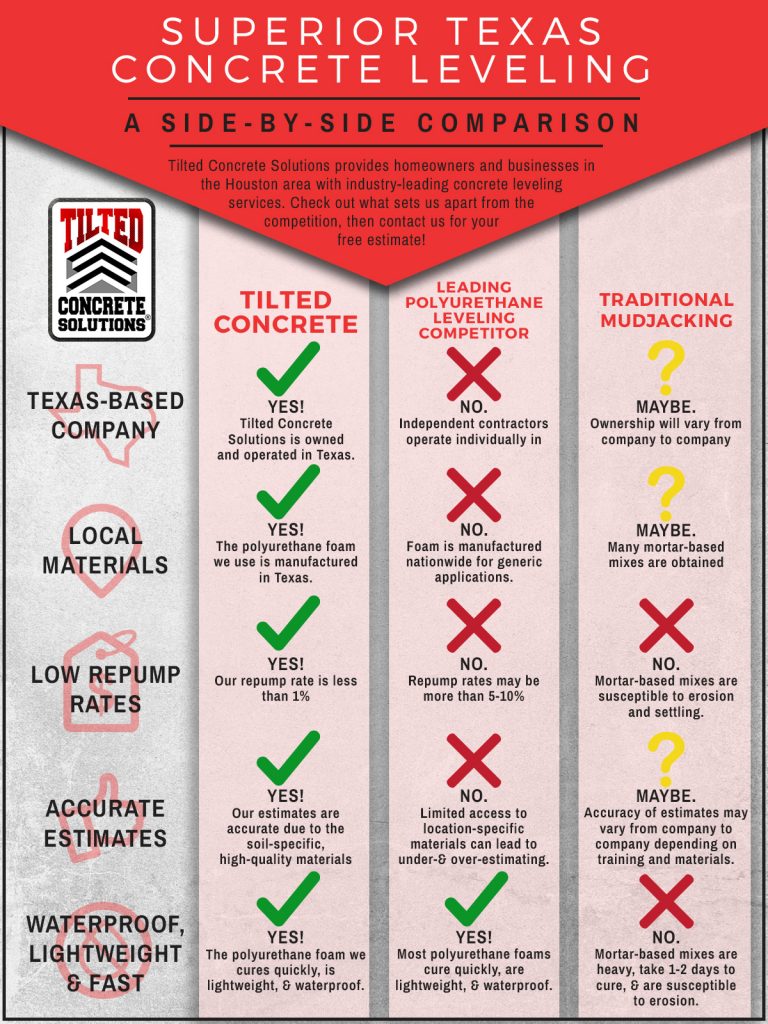Tips For Readying Your Wall Surfaces For A Spick-And-Span Paint Job
Tips For Readying Your Wall Surfaces For A Spick-And-Span Paint Job
Blog Article
Authored By-Abrams Haugaard
Accomplishing a perfect paint task starts with careful wall prep work. From filling out imperfections to priming surface areas, each action plays an essential duty in the final end result. However what concerning those tricky corners and sides that can make or break the overall look? Stay tuned to find experienced suggestions on just how to browse these difficult areas with finesse, guaranteeing a smooth coating that will certainly elevate your space to new heights of elegance.
Wall Maintenance
Checking wall surfaces for any imperfections and quickly addressing them through essential repair work is crucial for accomplishing a smooth and remarkable paint work. Before starting the painting procedure, very carefully take a look at the walls for cracks, openings, damages, or any other damage that could affect the outcome.
Start by completing any kind of fractures or holes with spackling substance, allowing it to completely dry entirely before sanding it down to develop a smooth surface. For bigger damages or harmed locations, take into consideration making use of joint compound to make sure a seamless repair.
Furthermore, check for any kind of loose paint or wallpaper that might require to be removed. Remove any kind of peeling off paint or old wallpaper, and sand the surface to create an uniform appearance.
It's also necessary to check for water damage, as this can lead to mold and mildew development and affect the bond of the new paint. Resolve any kind of water discolorations or mold with the ideal cleansing solutions prior to waging the painting procedure.
Cleansing and Surface Preparation
To ensure a pristine and well-prepared surface for painting, the following step includes extensively cleaning and prepping the walls. Begin by dusting the wall surfaces with a microfiber fabric or a duster to get rid of any kind of loose dirt, webs, or particles.
For more persistent dirt or grime, a solution of mild detergent and water can be utilized to gently scrub the wall surfaces, followed by a comprehensive rinse with tidy water. Pay unique interest to areas near light switches, door deals with, and baseboards, as these often tend to gather even more dirt.
After cleaning, https://interior-home-painters-ne10988.bloggazza.com/32920573/embark-on-your-quest-to-uncover-the-suitable-house-painters-by-utilizing-this-comprehensive-guide-teeming-with-expert-insights-and-suggestions-to-ensure-an-impeccable-paint-job is necessary to inspect the wall surfaces for any type of splits, openings, or imperfections. These need to be filled with spackling substance and sanded smooth when dry. Sanding the wall surfaces lightly with fine-grit sandpaper will certainly also assist produce a consistent surface area for painting.
Priming and Taping
Prior to painting, the walls should be keyed to ensure correct adhesion of the paint and taped to shield surrounding surfaces from stray brushstrokes. Priming serves as an important step in the paint procedure, specifically for new drywall or surfaces that have actually been patched or fixed. It helps secure the wall, producing a smooth and uniform surface area for the paint to comply with. Additionally, primer can enhance the sturdiness and insurance coverage of the paint, ultimately bring about a much more specialist and resilient coating.
When it pertains to taping, making use of painter's tape along trim, ceilings, and various other surface areas you want to safeguard is necessary to accomplish tidy and crisp paint lines. Painter's tape is created to be easily applied and removed without harming the underlying surface or leaving behind any deposit. Put in the time to appropriately tape off locations before repainting to conserve yourself the headache of touch-ups later.
Conclusion
Finally, correctly preparing your walls before paint is important for achieving a flawless finish. By checking for blemishes, cleaning up completely, priming the surface, and using painter's tape for clean lines, you can ensure a professional-looking paint job.
Taking the time to complete these actions will certainly cause a smooth and lasting surface that boosts the general look of your area.
